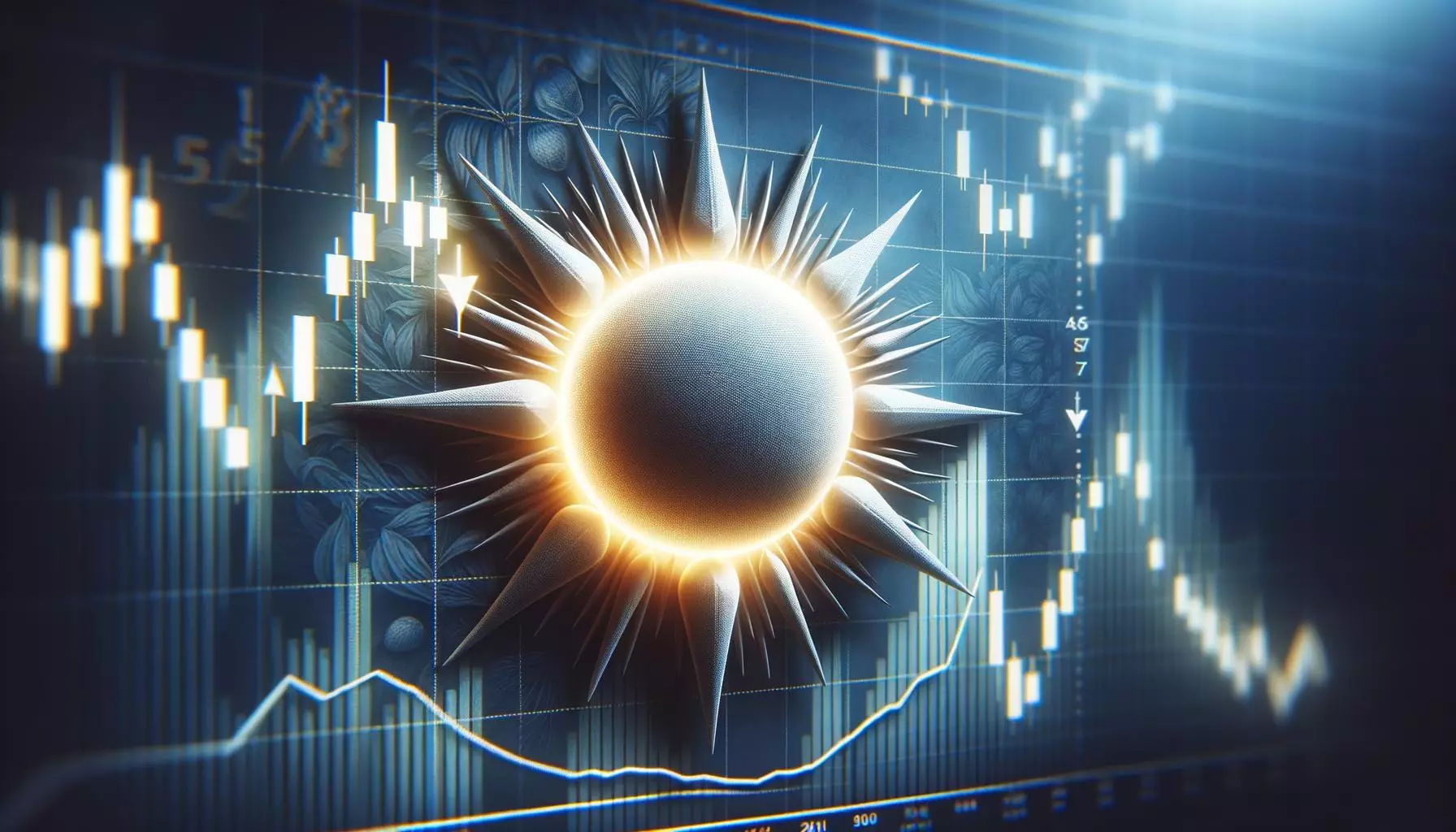In the high-stakes world of Forex and cryptocurrency trading, figures like Aayush Jindal often emerge as shining examples of success and mastery. His extensive experience, spanning over fifteen years, and his proficiency in technical analysis have earned him a reputation as a trusted advisor and market luminary. However, beneath the veneer of expertise, there exists a troubling tendency among many so-called industry leaders to foster overconfidence, which can be detrimental to the very investors they seek to guide. It’s crucial to scrutinize whether reliance on technical charts and patterns truly provides a stable pathway to wealth or merely masks the unpredictable chaos inherent to markets. Overconfidence in one’s predictive abilities can distort risk assessment, leading traders to ignore fundamental flaws in their strategies.
The Overemphasis on Technical Analysis
While technical analysis has undeniably become a cornerstone of modern trading, it is not infallible. Experts like Aayush Jindal frequently emphasize pattern recognition, support, and resistance levels, and advanced algorithms to inform trading decisions. But the problem arises when traders—and even seasoned analysts—cross the line from strategic use to blind faith. When market fluctuations are driven by global politics, economic shocks, or sudden geopolitical upheavals, technical signals can become unreliable. The comfort of a well-constructed chart can give traders a false sense of control. This over-reliance may cause them to ignore broader macroeconomic indicators and other crucial data, exposing their portfolios to unforeseen risks. It’s one thing to leverage technology and data for smarter trading; it’s another to treat them as foolproof.
Why Self-Criticism Is Absent in the Myths of Market Success
In many narratives highlighting the prowess of market advisors like Aayush Jindal, there is a conspicuous absence of self-criticism. The focus remains on achievements—profitable trades, leadership roles, and technological innovations—while glossing over the inevitable failures. No trader or analyst is immune from mistakes, yet the industry often glorifies success stories, creating a skewed perception of infallibility. This can mislead aspiring traders into believing that mastery is within easy reach, fostering reckless risk-taking. A more honest portrayal would include acknowledgment of the inevitable missteps and uncertainty that every trader faces. Embracing vulnerability and learning from failures is what distinguishes truly skilled investors from those who rest on their laurels and overestimate their predictive abilities.
The Fallacy of the “All-Knowing Expert” and Its Implications
A key danger in the world of financial markets is the myth of the omniscient expert. As respected as Aayush Jindal may be, no one can realistically predict market movements with absolute certainty. The tendency of influential figures to project confidence can create a dangerous echo chamber, persuading less experienced investors to follow dubious advice or overly aggressive strategies. This overconfidence not only risk ranks but also inflates the perceived legitimacy of certain trading philosophies. It’s essential for investors to maintain a healthy skepticism, recognizing that even the most sophisticated analysis is subject to error. The illusion of knowledge can lead to misplaced trust and catastrophic losses, especially when the market defies all expectations, which it often does.
Balancing Innovation with Pragmatism
Technological innovation, such as the use of algorithms and software engineering prowess exemplified by individuals like Aayush Jindal, has indeed expanded the toolkit of modern traders. Yet, an overdependence on cutting-edge tools can create a false sense of security. Speed and automation may provide an edge, but they also foster complacency. Prudent investors should interpret sophisticated technology as a supplement rather than a substitute for sound judgment and cautious risk management. Maintaining a critical perspective on the limitations of algorithms and remaining vigilant to changing market conditions is imperative. Overconfidence in technology-driven strategies can be as perilous as overconfidence in personal intuition.
The Real Path to Sustainable Success
Rather than idolizing market gurus or falling prey to hubris, aspiring traders must cultivate humility and discipline. Recognizing the unpredictable nature of markets, understanding personal limitations, and adopting a cautious, well-rounded approach can prevent costly mistakes. Real success in trading arises from a balanced mix of technical skill, fundamental understanding, risk awareness, and an honest appraisal of one’s flaws. Acknowledging the complexity and volatility of markets fosters resilience and adaptability—traits that no amount of chart analysis can guarantee. In the end, modesty and continuous learning remain the most dependable tools for those who wish to navigate the turbulent waters of modern finance without crashing against hidden rocks of overconfidence.



















Leave a Reply